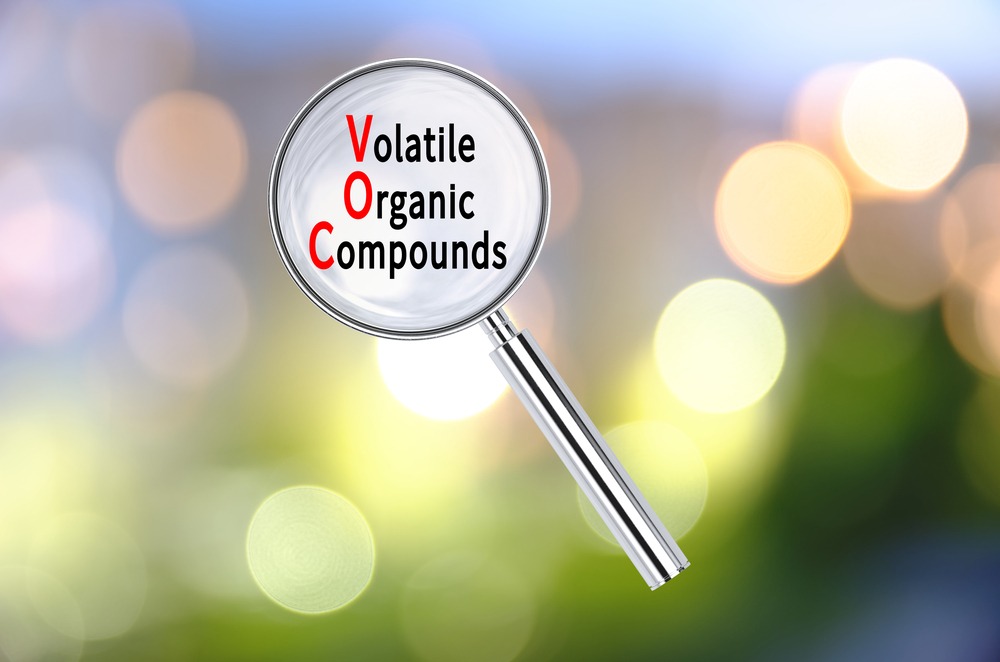Volatile organic compounds
Healthy air is very important for healthy living. Indoor air quality is one of the raising issues in today’s world as human beings spend most of their time in a close environment. Report of WHO 2002 showed that 1.6 million annual deaths and 2.7 % of the global burden of disease are due to a rise in indoor air pollution(1).
There are many methods to remove the indoor harmful gases and refresh the air quality. Although remedy is a good solution to improve the indoor air quality we should also get aware to ourselves that what are the main components which degrade the indoor air quality so that we can either minimize or stop using those components in the houses.
Types of Volatile organic compounds
Volatile organic compounds are again divided into three types based on their vaporizing power (WHO)(2).
1. Very volatile organic compounds (VVOCs)
Methanol, formaldehyde, acetaldehyde, acetone, ethanol, and formic acid.
2. Volatile organic compounds (VOCs)
Toluene
3. Semi-volatile organic compounds (SVOCs)
Pesticides (DDT, chlordane, plasticizers (phthalates), fire retardants (PCBs, PBB)
Source of VOCs
VOCs are commonly emitted from many man-made products like common household materials, construction, and renovations, and the major part is produced by automobile exhaust.
Household materials
Common household materials like paints, thinner, wood preservatives, polishes, furniture, dry cleaning liquid, other detergents, ink, cosmetics, carpets, room fresheners, deodorants, perfumes, and insecticides, etc are the main cause of VOC emission in the indoor environment.
Automobile exhaust
Houses with attached garages are more prone to indoor air pollution. Gasoline, automobile fuels, and other petroleum products emit a huge amount of VOCs.
Smoking and burning
We all know that smoking is hazardous to health it causes cancer, but few of us know that it also emits VOCs and affect the health of others. The burning of incense also emits VOCs like formaldehyde, benzene, and toluene, etc.
Biological sources
Other biological sources like molds and fungi also add to the poor quality of indoor air (3).
Common health hazards from VOCs
Common health hazards depend upon both the exposure time and the concentration of the gases.
Short-term exposure to the VOCs results in respiratory problems, irritation of eyes, nose, headache, dizziness, allergy to the skin, vision disorder. Prolonged exposure to VOCs ultimately causes chronic liver, kidney, and central nervous system damage.
Children and pregnant women are most vulnerable to all these hazards if exposed to VOCs.
Sick building syndrome is caused by indoor air pollution. Buildings with poor ventilation like close cabin offices etc a cause headache, irritation of eyes and nose, allergies and hypersensitivity reactions.
Prevention and control
- Friendly building materials should be used for construction and renovation.
- Water-based wood coating and paints help in a huge reduction of VOCs.
- Normal flooring instead of wooden flooring also helps in the reduction of these compounds.
- Proper ventilation in the houses and offices also helps in the reduction of volatile organic compounds.
- One of the best ways is planting those plants which help in the absorption of VOCs and improves the indoor air quality.
Frequently asked questions
1. What are volatile organic compounds?
Ans. Volatile organic compounds (VOCs) are gases having a volatile nature that it can be vaporized very fast and are hazardous for human health.
2. What is the main source of VOCs in houses?
Ans. Wooden furniture and petroleum-based products are the two main sources of volatile organic compounds in the indoor environment.
3. How can VOCs be removed?
Ans. Proper ventilation, air purifiers, and planting air purifying plants.
